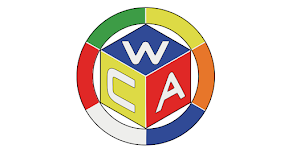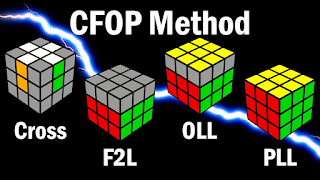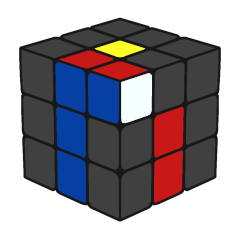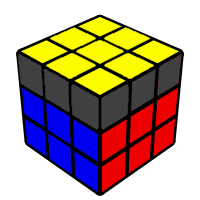Sejarah Rendang
Rendang merupakan sajian makanan dari ranah Minang, Sumatera Barat. Menurut sejarah, nama "rendang" berasal dari bahasa Minang, yaitu randang. kata randang merujuk pada teknik mengolah bernama marandang, yang berarti mengolah serta mengaduk masakan dalam waktu yang lama sehingga hasil masakan menjadi kering. Terciptanya kuliner rendang berasal dari akibat akulturasi budaya yang masuk ke Minang. salah satu makanan yg sejenis dengan sajian rendang yaitu kuliner kari berasal India. asal usul rendang ditelusuri berasal dari Sumatra, khususnya Minangkabau. Bagi warga Minang, rendang sudah ada sejak dahulu serta telah menjadi masakan tradisi yg dihidangkan pada berbagai acara adat dan hidangan keseharian. sebagai masakan tradisi, rendang diduga telah lahir sejak orang Minang menggelar acara adat pertamanya.
Rendang kian dikenal serta beredar luas jauh melampaui daerah aslinya berkat budaya merantau Minangkabau. Orang Minang yang pergi merantau selain bekerja menjadi pegawai atau berniaga, banyak di antara mereka berwirausaha membuka rumah Makan Padang di seantero Nusantara, bahkan meluas ke negara tetangga sampai Eropa dan Amerika. rumah makan inilah yg memperkenalkan rendang serta sajian Minangkabau lainnya secara meluas. Ketenaran rendang sudah membuatnya rendang dinobatkan menjadi hidangan yang menduduki peringkat pertama daftar World's 50 Most Delicious Foods (50 hidangan Terlezat dunia) versi CNN International tahun 2011.











